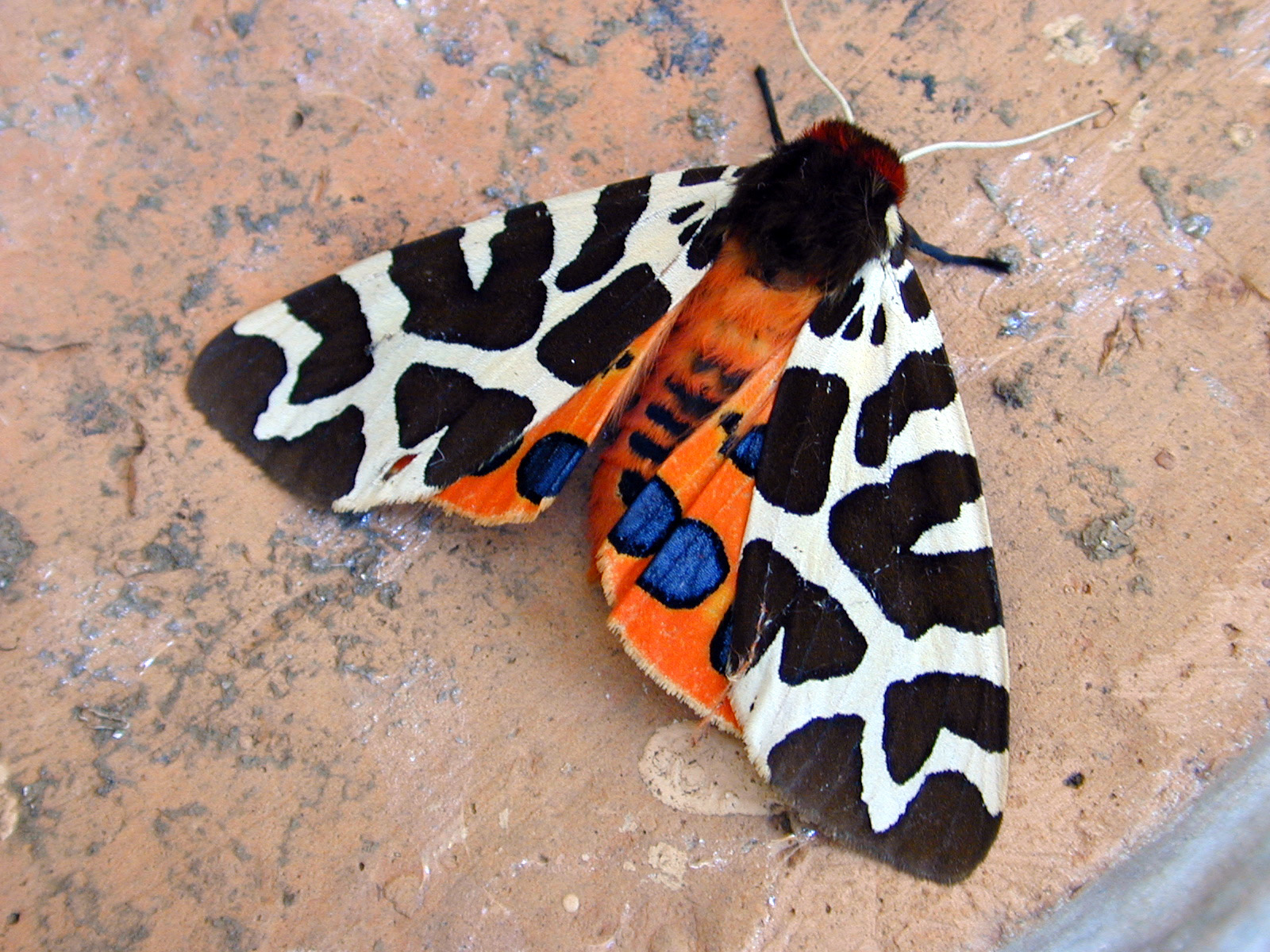The rise and now the fall
The last post - looking at the successful colonising moth species to my Banstead garden - generated a comment from Dorset birder (and avid moth convert) Gavin Haig as to whether or not I would be up to creating a post that looked at those species that are declining here in my corner of Surrey. Good idea Gav!
What follows is all a little bit cobbled together, using some hard data with a large dollop of gut instinct. As background, we moved into our current home in 1987, set in a suburban area nestled between Banstead and Epsom Downs. The garden is about 100ft in length and well established (which goes for most of those close by). I have recorded the moths here since day one: an actinic from August 1987 until December 1989; then an MV from January 1990 onwards. Effort has been largely constant, although there were a couple of lapses that lasted just a few months. I used to count (and identify) each and every individual macro moth, but stopped doing that in 1993 due to time constraints. Without doubt, moth numbers have fallen sharply since these early days. This is most easily noticed with such species as Heart and Dart and Large Yellow Underwing, with, during their flight periods, hundreds each night and cumulative thousands over the summer. Such numbers are purely historical now and have no place in 2023. There are many, many species that have reduced in number since 1987 (far more than those that have increased). To list the 'fallers' would test your patience as a reader, so I've just pulled out a few examples. I have used my garden totals from 1990, 1991 and 1992 to illustrate the demise - three numbers in brackets are these figures in chronological order.
There are two species that, to my mind, illustrate this loss most acutely. The first is Golden Plusia. It is a beautiful moth, a delicate thing which looks as if it has been made from spun gold thread and pearls, a creation from an Art Nouveau mind. It used to be annual here in Banstead (8,8,6) and I last recorded it in 1996. The excellent 'Atlas of Britain and Ireland's Larger Moths' (2019) suggests a reduction of abundance across Great Britain in the region of an alarming -99%. Any fall in abundance figures that I quote comes from this fine publication. The other is Mouse Moth, a plain looking thing that scuttles across the egg boxes in a moth trap just like a small rodent (hence its name). To see them was just a routine part of checking the trap during the summer (5, 78, 27) but then they started to become less frequent. The individual that I recorded in 2021 was the first for ten years (-86%).
A few selected 'Banstead garden' species that have reduced in abundance by -80% or more are: Spinach (1,1,2 - now rarely seen -97%; Toadflax Pug (11, 13, 10 - one or two a year -83%); Tawny Speckled Pug (17, 34, 42 - a big highlight to see one now -81%); Bordered Pug (4, 2, 6 - certainly not annual now -87%); Dusky Thorn (11, 51, 5 - the garden has always been particularly good for this species, still annual but in small numbers -97%); Garden Tiger (pictured above, small numbers annually early on, but only one recorded in the past 10 years -88%); Beaded Chestnut (5, 27, 38 - much reduced -92%); Dot Moth (19, 10, 17 - one or two a year now, none in 2023 -85%); Broad-barred White (52, 61, 61 - missing now -93%); Heart and Dart (5112, 1730, 2189 - the days of swarms long gone, struggle to get double-figures most nights -86%).
One sad aspect of this is that, unless you count all of the individuals that you trap and note them down, a species demise can go under the radar. I hadn't realised that many of the above species were spiralling down the plug hole until I was confronted with the Atlas's findings. No doubt there are other species heading the same way that I am not aware of even though they are reducing right before my eyes. Sometimes the lack of a species can be unconsciously put down to it being just a bad year for that species, one that it will recover from quickly, rather than a genuine long-term fall in the population.
Want more? Eyed Hawk-moth (17, 3,16 - then none between 2003-13, now not annual and if seen just the one); Riband Wave (555, 1210, 399 - still common, but much reduced); Marbled Beauty (95, 190, 124 - this year has been awful for them, hardly seen one); Large Ranunculus (93, 47, 51 - autumn trap inspections mostly made without them now); Dunbar (46, 31, 14 - another going under the radar); Shaded Broad-bar (39 to my actinic trap in 1988 - certainly not annual for many years); Dark Arches (705, 1530, 485 - double figure counts at the MV now an exception); Black Rustic (62, 62, 85 - an now? I'm sure you're getting the picture...) There are plenty more that I could have used as examples.
So for every 'good news' moth species we unfortunately have many more that are 'bad news'. I am grateful that I can remember the 'moth snowstorms' that danced in front of the car headlights on muggy summer nights; can recall moths streaming through an open window and into a lit room before I owned a moth trap; and can luxuriate in the memory of the garden MV being full to the brim, each egg box a confusion of moth on top of moth.



Comments
Back in the day what were they and their larvae all feeding on?
Has the habitat gone or is it just devoid of moths?